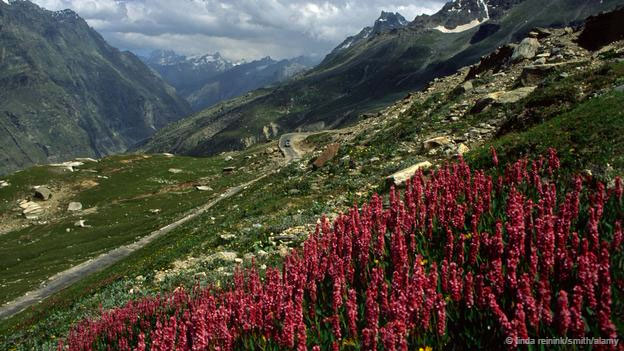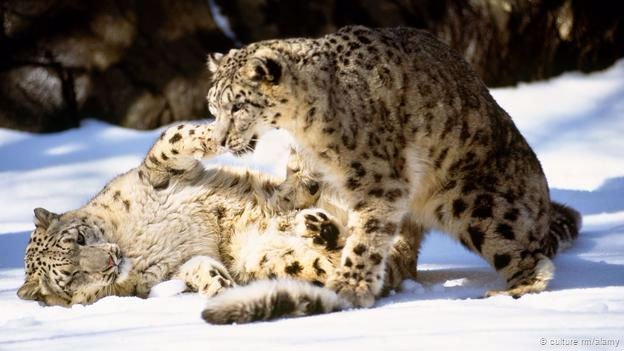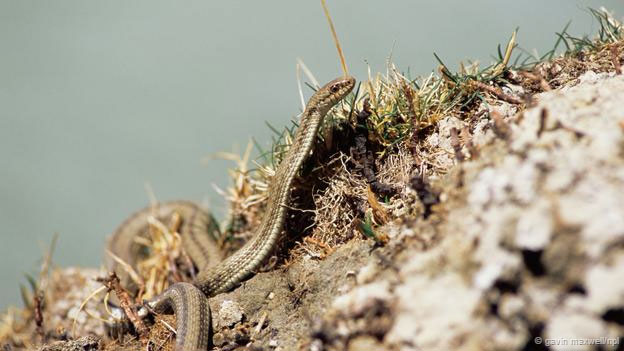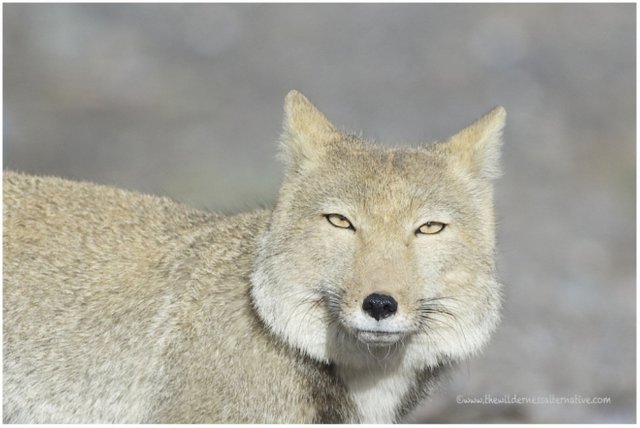Living on the "roof of the world". Part Two: Walking At a Height Of 4 km
Having left the red pandas in the back, we rise above where the woods give their place to dry alpine shrubs. Here you can find flowering meadows with short and strong plants. They can be called true water conservation experts, as it helps them protect themselves from extremely dry winds. Although the winters are cold, during the summer, the weather is quite mild. Here the landscape is painted with various shrubs, rhododendrons, mosses and lichens, blueberries and edelweas.

© Linda Reiders / Smith / Alamy Alpine Meadows in Himachal Pradesh, India | bbc.com
In the summer, animals graze on these slopes. Here you can find wild goats, sheep and wolves. Some of the lakes in the Kashmir Valley catch fish: rabbit trout and mountain carp. They had to adapt many times to survive in the streams of mountain streams and plateau lakes. Mountain carps have strong muscles, and cylindrical bodies help them to swim firmly against the tortuous currents. Meanwhile, other fish find shelter between gravel and stones, which protects against strong currents.

© Culture RM / Alamy Snow Leopard | bbc.com
Ascended higher, shingles and meadows change winds flooding the rock. Here, between 2980-5180 meters above sea level, snow leopards live. They have a thick, frost-protecting fur and massive arches that help move mountain areas. The steep cliffs and diverse hollows make a great deal of use for masking, pursuing their prey. Snow leopards are referred to mountain goats and straitguns (mountain peaks), whose spiral-shaped horns can grow up to 1.5 m in length. Due to stagnant gorges and unstable stones, the struggle for these breeds of rights to breed in these territories may end up extremely sad. In the hacked horns, these bulls try to beat their rivals from the cave. If at least one falls, the snow leopards will not miss the occasion, even if afterwards the victim will be taken back to the mountain containing the cave.

© Gavin Maxwell / NPL Hot Snake Snake | bbc.com
On the other side of the toothpicks, on the Tibet plateau (about 4511 m above sea level) there are hot snake snakes. They can not withstand the heat in the bodies of cold blood, so it is dangerous to them. But here they are doing well. Thanks to an active underground volcano, here are some hot spots where snakes and sheltered. Only a few snake species live so high.

© thewildernessalternative.com Tibetan Fox | bbc.com
Tibetan foxes are also unique in Tibetan plains. They live on unstable slopes and riverbeds at an altitude of 3000-4000 m. Foliage caves are located in secluded places and in the cracks of stones.
However, not only the described animals can live at such an altitude, but people make their lives here too.
More :
Living on the "roof of the world". Part One: A Diversity of Life
thanks for sharing keep it up
nice @allabout
There is quite a good view. The weather is quite good. thanks!